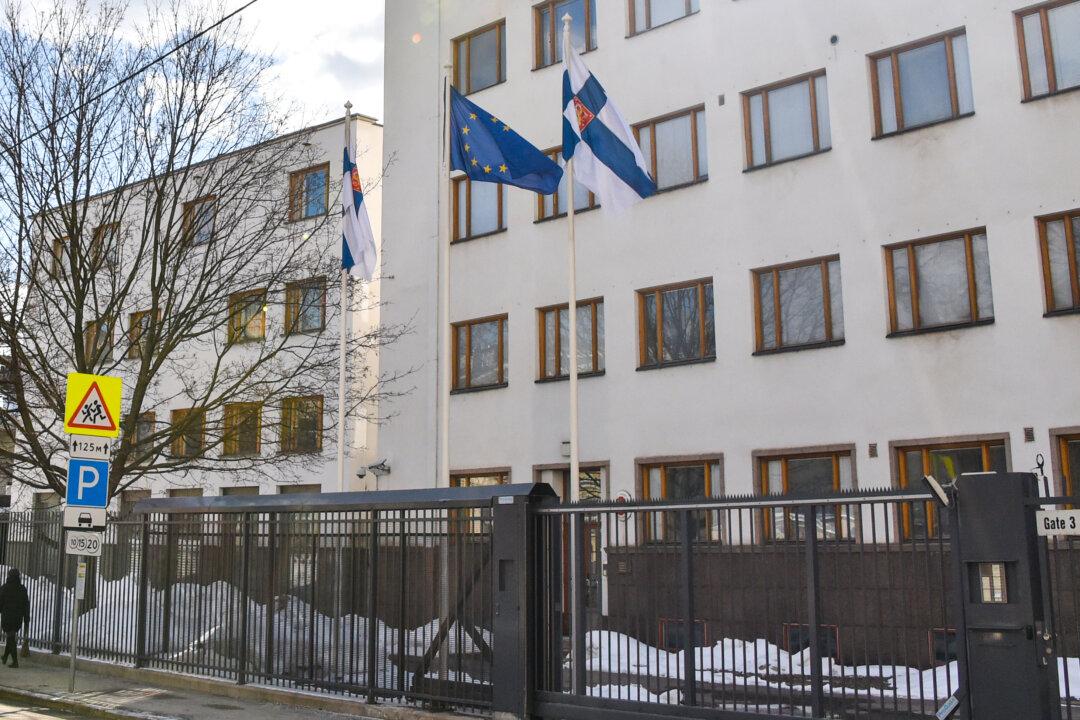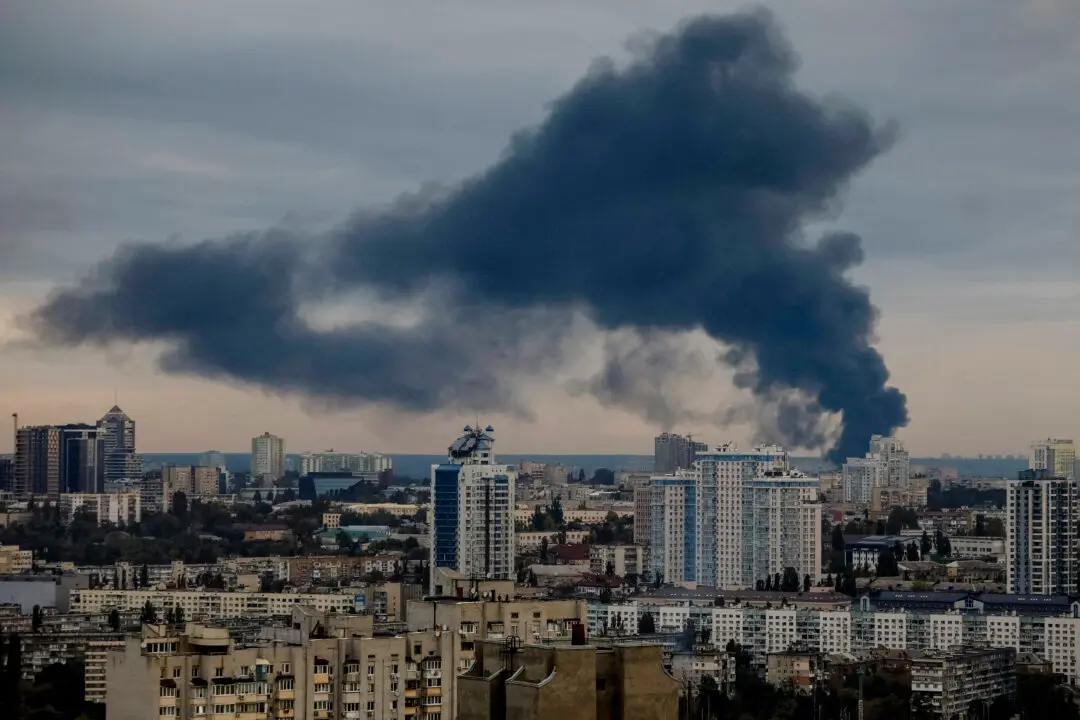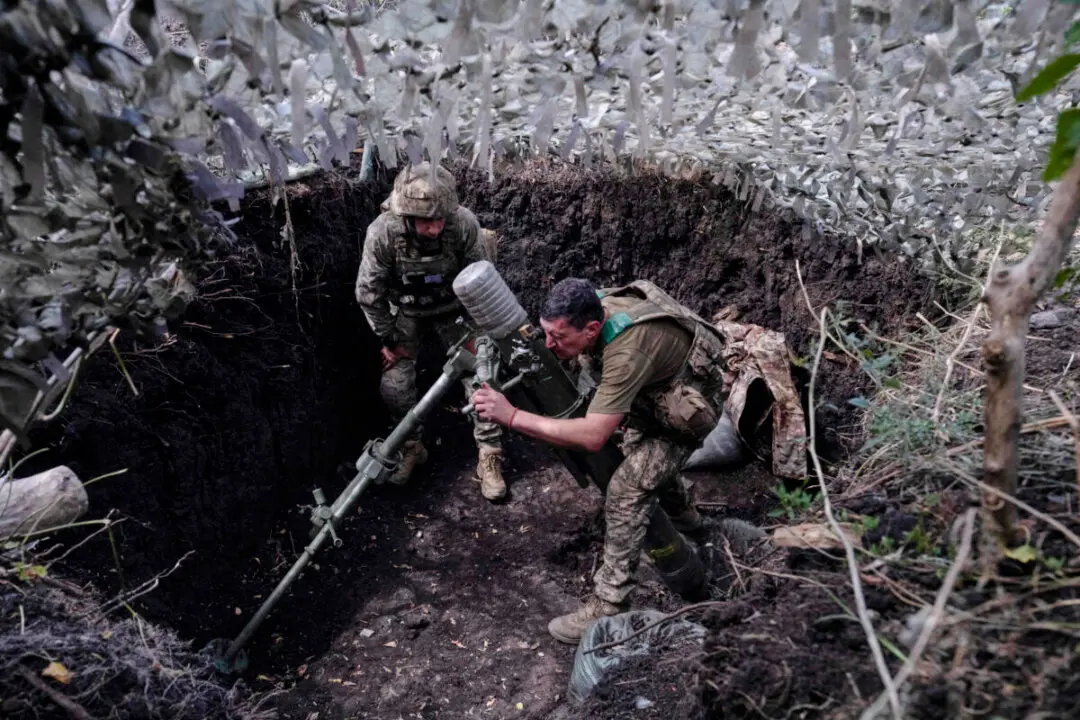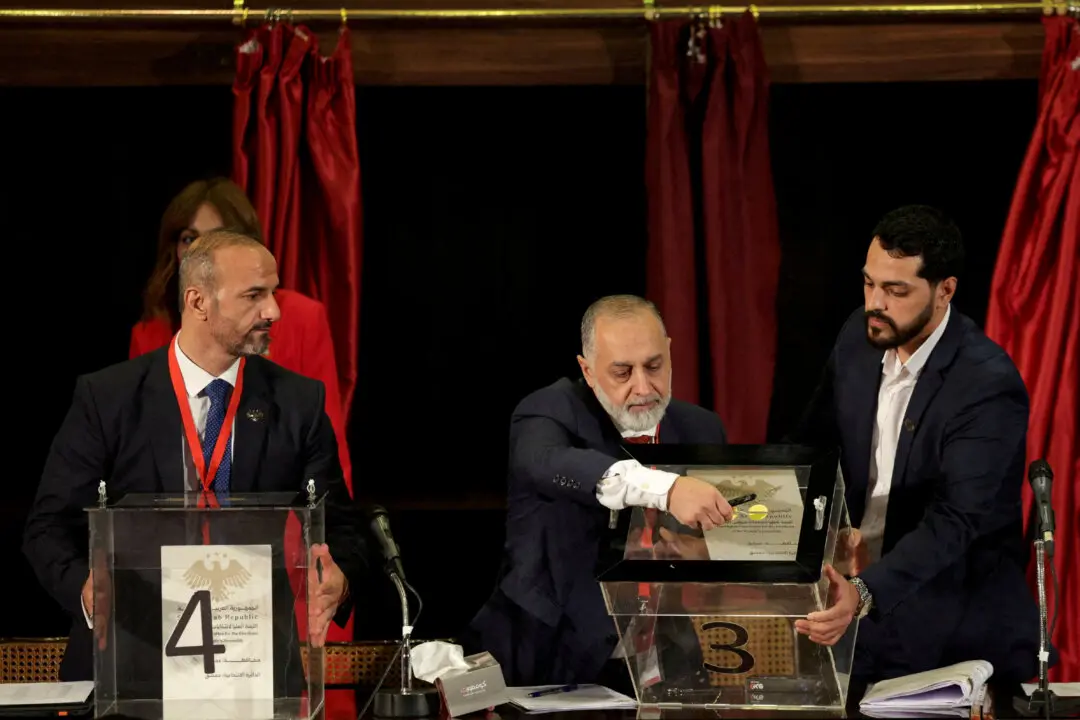A prospective defense agreement between the United States and Finland, which joined NATO earlier this year, will “pose a threat” to Russia, the Kremlin said on Dec. 15.
Kremlin spokesman Dmitry Peskov said the agreement would “undoubtedly” lead to increased tensions between Russia and neighboring Finland.





